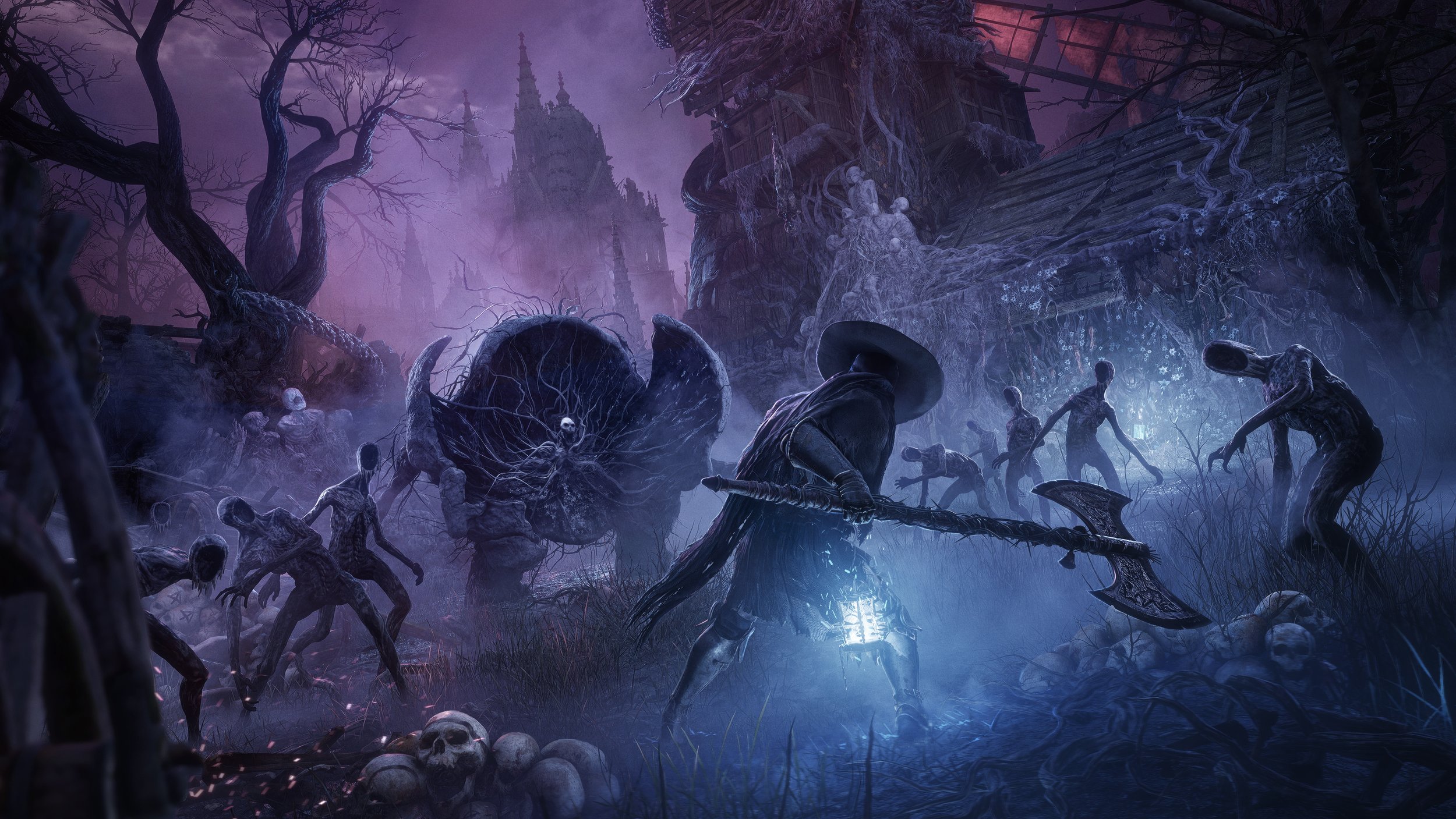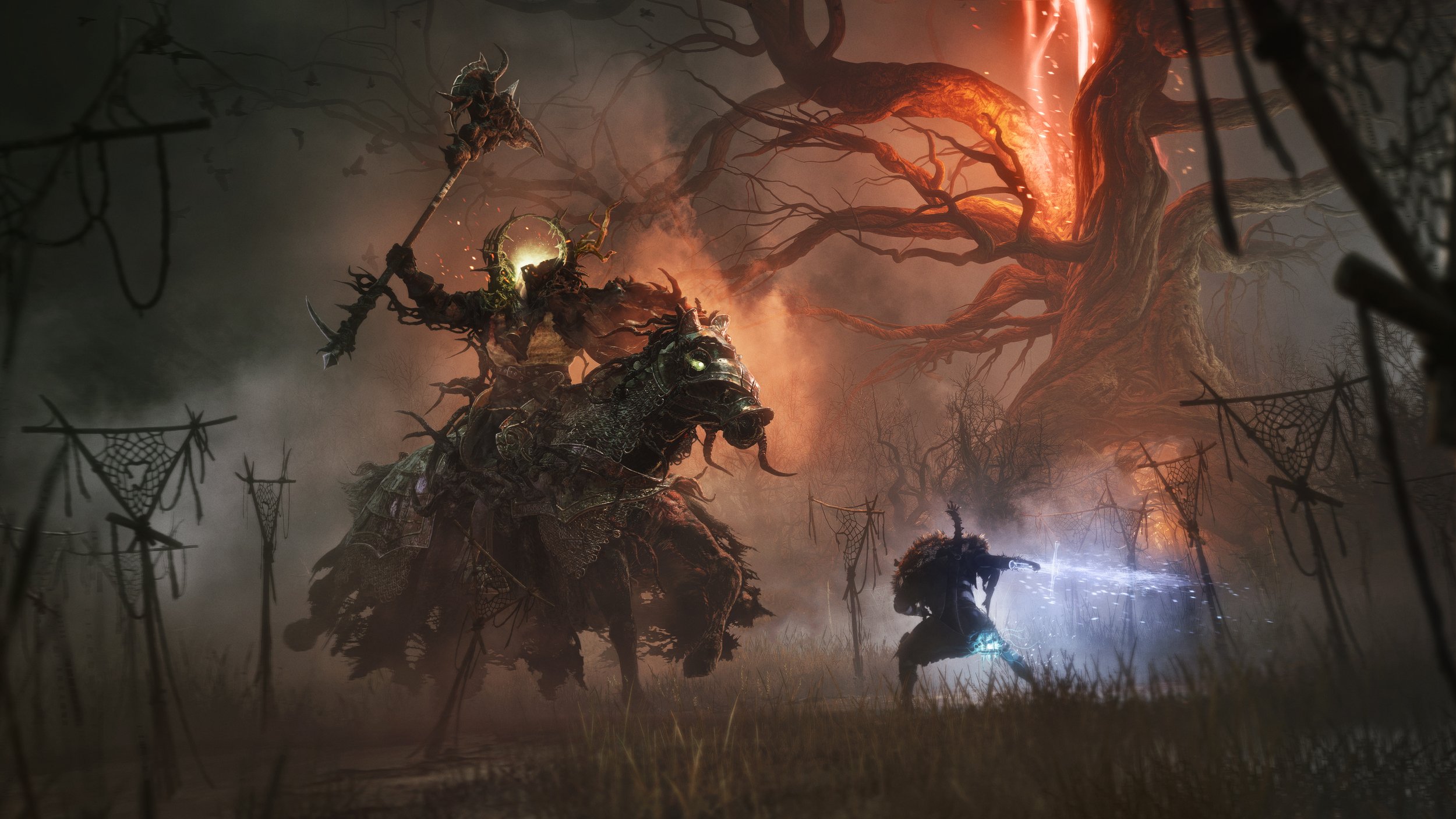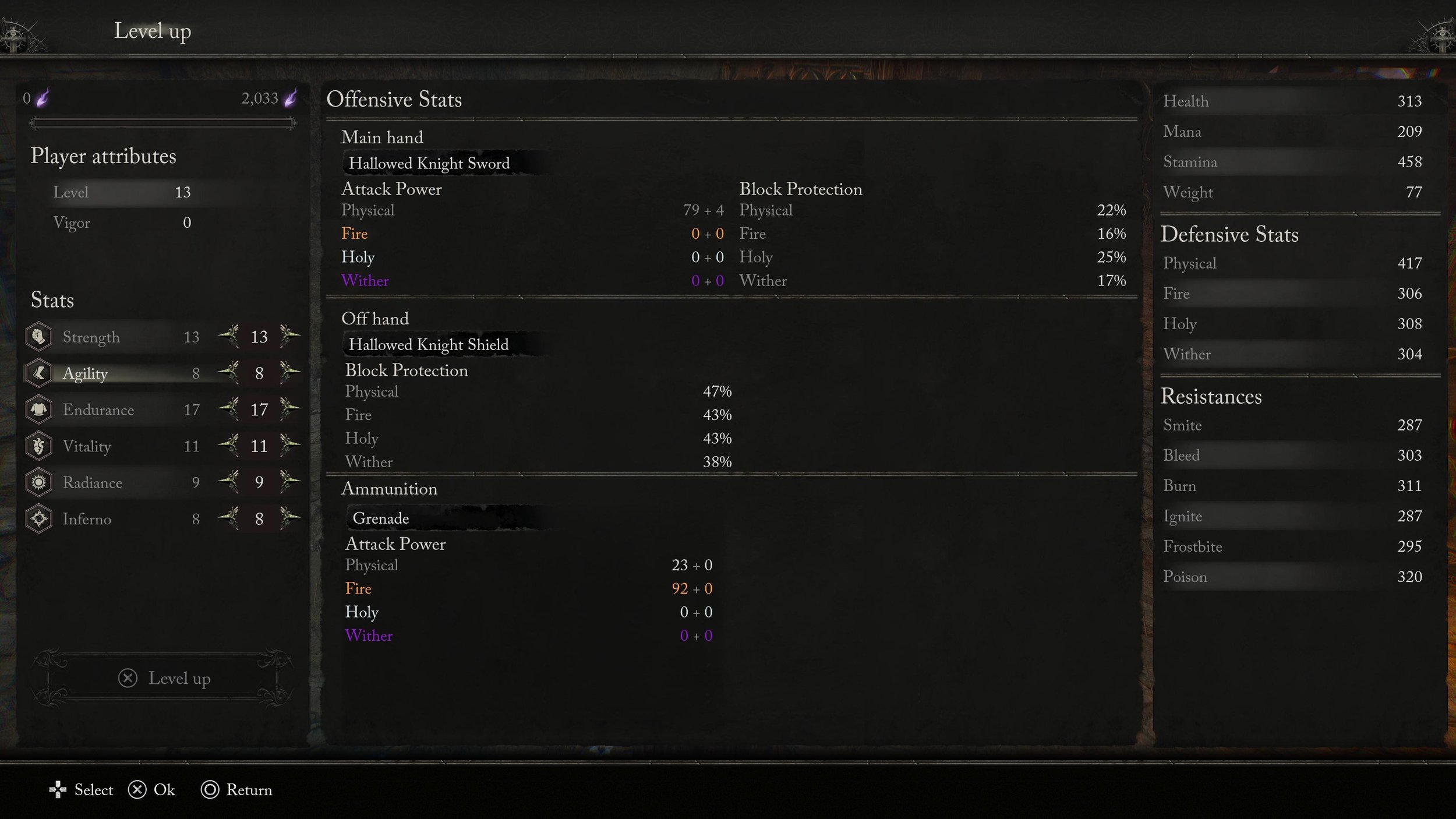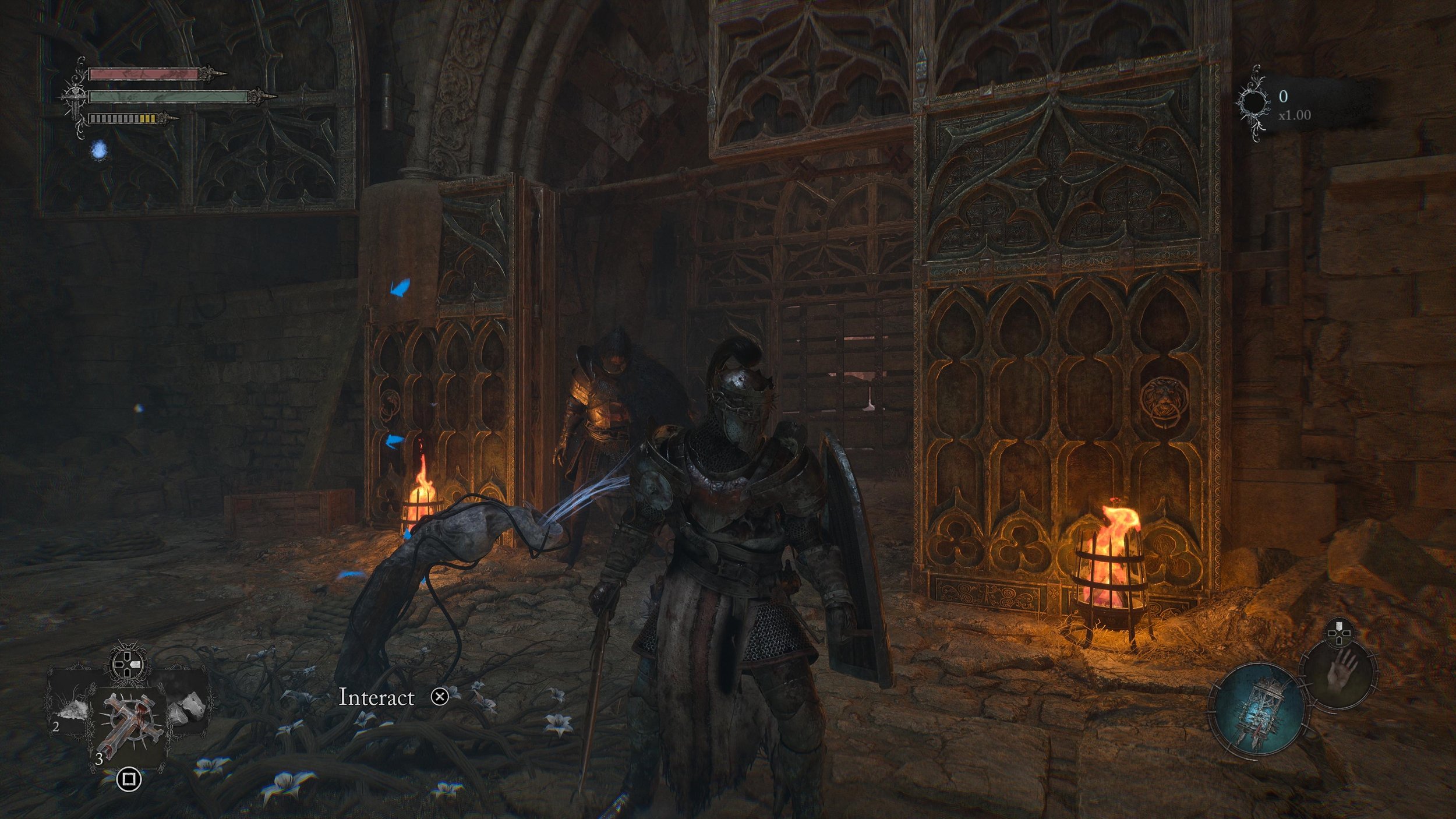Lords of The Fallen [Review]
In the wake of Elden Ring, soulslike titles have had mighty big shoes to fill. With such an expansive world to explore, and rich volumes of lore to uncover, not to mention numerous gameplay styles to experiment with, Elden Ring gave players a rich experience that has arguably set the bar for all others to follow. For a soulslike created outside of FromSoftware to even come close is cause for attention and praise, as the recent acclaim for Lies of P demonstrated.
For Lords of The Fallen, a game that shares the exact same title as its predecessor from 9 years ago, it’s a bar that remains out of reach - but not for lack of trying.
Lords of the Fallen takes place in the world of Mournstead, where you control a warrior charged with the possession of a unique tool known as an Umbral Lamp. It allows you to explore the alternative Umbral realm, and effectively battle the forces of the evil god Adyr.
At its core, the gameplay is very familiar to soulslike fans: light and heavy attacks, with an opportunity to vary your combat stance for more diversified combos. There’s a block/parry system, and a heaven-sent dodge roll that is far more forgiving than any other soulslike I’ve played so far.
The main departure from other titles is the Umbral Lamp, and your ability to travel between the two realms.
Using the lamp in the “normal” world, you can catch glimpses into The Umbral, including hidden paths or doorways. At any time, you can teleport from the normal world into The Umbral, navigating the gray and oppressive environment to overcome areas that are “closed off” in the normal world. Of course, there are threats that await you in The Umbral, and the longer you dwell in its twisted land, the more threatening the monsters become; and overstaying your welcome is easier than you might think. While it’s easy enough to transfer into The Umbral, getting out requires a specialized exit: much like getting to a payphone in The Matrix.
From a technical perspective, The Umbral is really intriguing. It capitalizes on next-gen hardware in an interesting way, and I was honestly impressed with how the worlds overlapped and had me exploring the two worlds simultaneously. On the other hand, as someone who is directionally challenged in real life, The Umbral sometimes just gave me another dimension that I could get turned around in.
Another element of The Umbral is the Wither mechanic. When blocking or receiving attacks, rather than losing health outright, you accumulate Wither - striking an enemy helps you to recover, but if an enemy gets the first hit in, the health is officially lost. Blocking accounts for pretty large chunks of wither to accumulate, which would have been particularly frustrating if I hadn’t spent so much time with a parry-centric system like Lies of P recently. Focusing on perfect parries helped to smooth out this otherwise frustrating mechanic, though that’s not guaranteed to be the same journey for everyone.
As you battle your way through Mournstead and The Umbral, enemies will award you with Vigor - the universal currency used to strengthen your character as the game progresses. There really isn’t much here to innovate upon, and soulslike veterans will settle into their progression strategy pretty quickly. One element that is slightly different is that dependent on the class you select, it does highlight suggested stats to improve. During my playthrough with the Hallowed Knight, for example, it suggested Strength, Endurance and Radiance as my primary paths for improvement. This is another example of how Lords of the Fallen is a bit more hands-on with its players, and you see that theme throughout the game.
As you navigate through the world, you will encounter Vestiges - areas where you can rest and recover, as well as reset the enemies around you. Early on in the game, you also have the ability to plant Umbral seeds, which can also serve as areas or revival and an outlet to empower your character with Vigor.
While it sounds good in theory, Umbral seeds require a specific environment to be planted, and sometimes this environment is not the most forgiving. One of the more satisfying elements of a good soulslike title is the interconnecting of levels through ladders or opened doors - to shorten the distance to a previous campfire or area of respite. The balance is a little harder to find throughout Lords of the Fallen, resulting in some frustrating gaps or distances that need to be covered before making proper narrative progress.
Of course, a key element of a good soulslike game lies in its difficulty, and it’s here that I found myself torn when reflecting on this game. I mentioned it briefly before, but I want to re-iterate just how forgiving Lords of the Fallen has made their dodge. Invincibility frames for days, my friends. More often than not, dodging is the primary legitimate strategy to overcoming a boss fight. So effective, in fact, that it arguably blunts the otherwise grueling journey one would expect in a game like this.
Still, that’s not to say it’s a cakewalk. Enemies still have attack patterns to memorize, and timing dodges and parries during higher difficulty encounters still takes some skill. It’s just that compared to other games within the genre, you’ll likely find yourself overcoming most of the major challenges much faster than expected.
When it comes to the narrative, Lords of the Fallen isn’t particularly interested in leaving its players guessing. The story, while simple, is clearly laid out from the start. Key players are introduced and major plot-points are connected - there’s not a lot of guesswork involved. Again, this is simply a different approach than we’ve grown accustomed to when compared to the FromSoftware model, where item descriptions and environmental clues often provide the juiciest bits of lore. Lords of the Fallen opts to tell, not show.
Overall, Lords of the Fallen attempts to incorporate bits and pieces of soulslike titles, to varying degrees of success. While it doesn’t quite stick the landing, it’s still an expansive world, utilizing unique next-gen mechanics to offer an entertaining romp for action-RPG fans.
It would make even more of a splash if it weren’t that fact that Spider Man 2 is due out in a couple days, and given the choice between picking this up and Insomniac’s highly anticipated successor to one of the greatest superhero video games ever made…well, you can see why that might be a challenging matchup.






